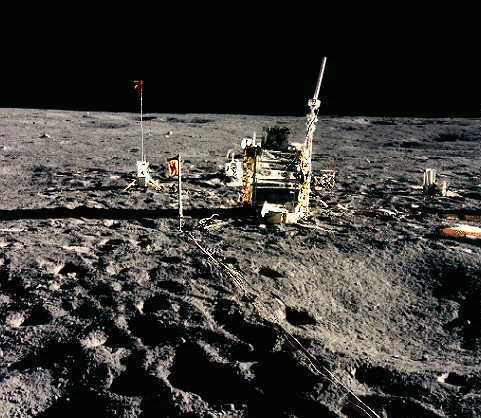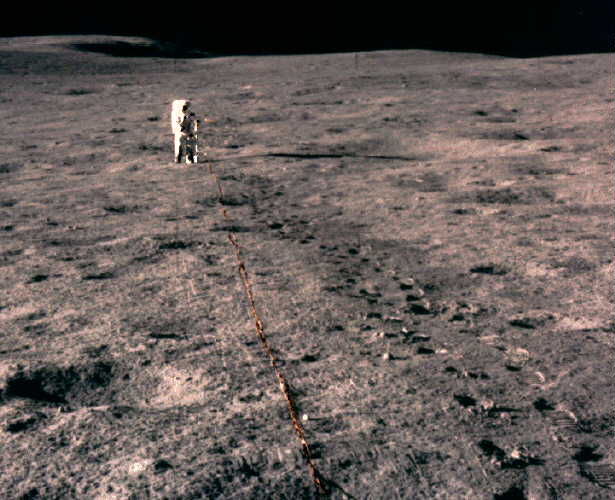Apollo Lunar Surface Experiment Package (ALSEP)Active Seismic Experiment (ASE)





Above left – Apollo 14 LMP Edgar Mitchell operates the Thumper.
Left Center – Closeup of the Thumper.
Right Center – Apollo 14 backup LMP Joe Engle practices EVA with a Thumper. Note the UHT attached to his waist.
Photo courtesy Kipp Teague’s Project Apollo Archive
Right – Closeup of Apollo 16 MPA. You get a little sense of the ruggedness of the Descartes highlands in this nice photo. In the background are (L – R) the Central Station, RTG, and Magnetometer.
Apollo Experiment Number: S 033
Apollo missions: 14, 16
Weight (MPA): 11.2 kg
The ASE consisted of 3 separate pieces of equipment. First, a set of 3 geophones were layed out along a cable connected to the ALSEP Central Station. Also, the Mortar Package Assembly (MPA) was deployed as part of the ALSEP. Finally, one of the crew used the Thumper during the EVA.
The geophone system was the simplest of the 3 parts of the ASE to deploy and operate. One of the crewmen (Usually the LMP) unreeled the cable, walked a predetermined distance (marked on the cable) and stuck the spike of the geohpne into the regolith.
The MPA proved difficult to deploy and align. It was designed to lob a set of 4 explosive charges away from the ALSEP site after the crew had left the moon, in order to produce an active seismic signal. The Apollo 14 MPA was never activated, because problems deploying it caused concern that it might damage other parts of the ALSEP if it was fired. The Apollo 16 MPA was able to fire 3 of its’ 4 rounds.
The “Thumper” was a neat little device. Essentially it was a staff with a large base containing 21 seismic charges, called “single bridgewire Apollo standard initiators”. These were activated by a dial on the staff, and provided a small seismic shock for the geophones to monitor.
A similar system, the Lunar Seismic Profiling Experiment, was carried out on A 17.
